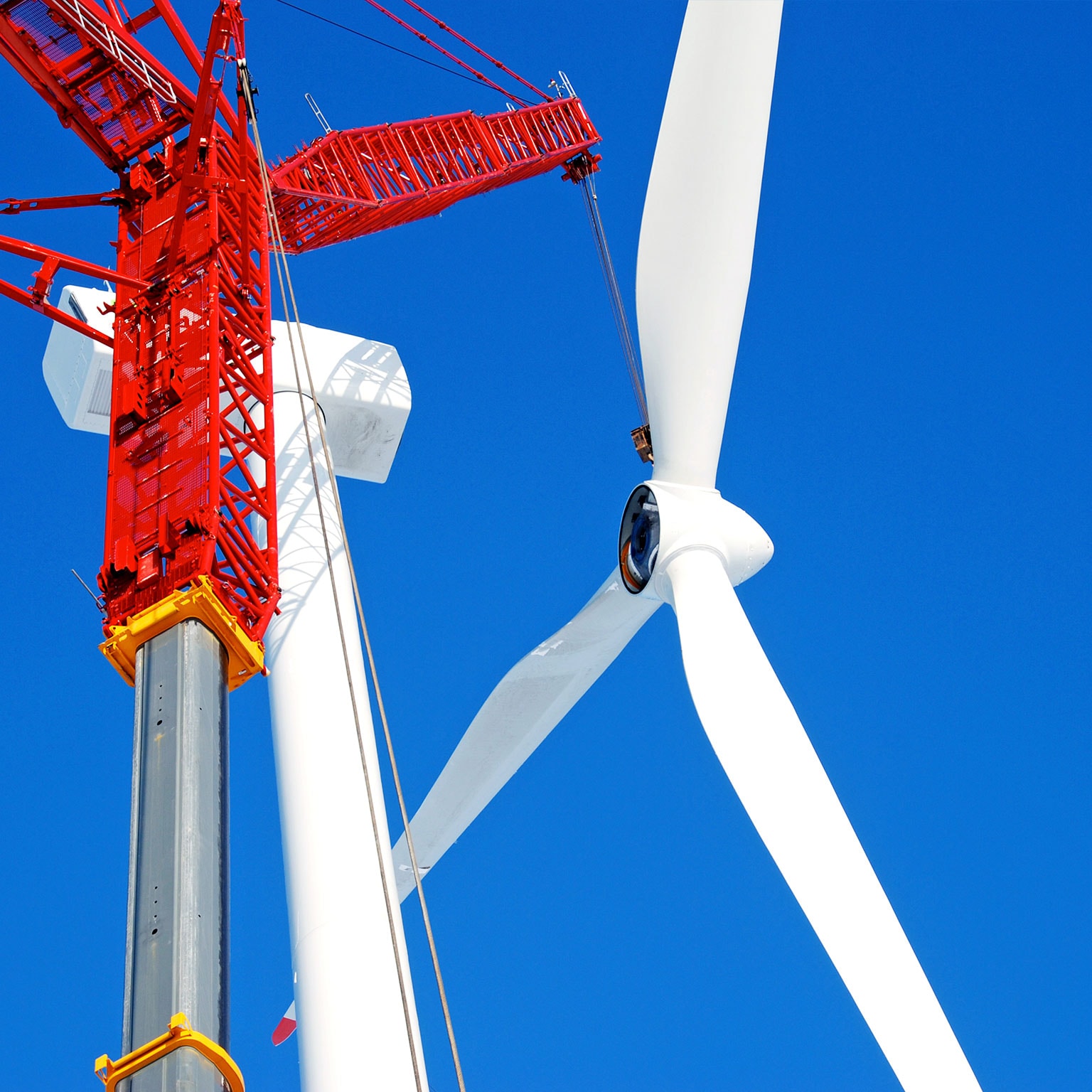As the world struggles against the urgent issues of global warming and resource scarcity, the transition towards clean energy has rarely been more critical. The shift in energy is a complex process that is set to reshape our power landscape and lead to a greener future. From utilizing the sun and wind to accessing the earth's natural heat, innovative technologies are changing how we generate and use energy. This article dives into the exciting realm of sustainable energy, showcasing the leading technologies and advancements that will transform our energy systems and enhance sustainability.
In the past few years, remarkable progress has been made across a variety of clean energy sources. Solar technology is revolutionizing energy availability, while wind energy innovations are making strides toward a greener future. Additionally, hydropower and geothermal energy are emerging as reliable pillars of sustainable power. As we explore the dynamic landscape of renewable energy, we will investigate the pivotal role of artificial intelligence, intelligent energy systems, and energy storage solutions in enhancing efficiency and dependability. Come along on this journey to understand how renewable energy is not just a vital component of our tomorrow but a pathway to a brighter, more sustainable world.
Key Renewable Energy Technologies

The future of renewable energy is poised for substantial advancements, led by innovations that drive performance and eco-friendliness. Solar power solutions is transforming the energy landscape, with innovations that enhance the performance of photovoltaic cells and expand solar applications. New materials are being developed that increase the energy conversion rates of solar panels, making them more efficient even in low-light conditions. This evolution in solar solutions is crucial as the globe seeks to harness more solar energy to meet growing demands while reducing carbon emissions.
Wind energy developments are also making waves, particularly with offshore wind farms that are harnessing more robust and steady winds over the oceans. Breakthroughs in turbine design, such as larger, more efficient blades and floating wind farms, are enabling energy generation in historically untapped locations. These innovations are driving a greener future, as they provide cleaner alternatives to fossil fuels and contribute to energy independence for many areas.
In addition to solar and wind, hydropower continues to play a crucial role in the renewable energy mix. As one of the longstanding forms of renewable energy, new technologies are improving the performance of hydroelectric plants and expanding their capabilities. This includes developments in small-scale hydropower systems and innovative approaches to minimize environmental impacts. As we explore these key solutions, it becomes evident that a multifaceted approach is necessary to create a sustainable energy future, integrating various sources like geothermal power, tidal, and wave power into the renewable energy ecosystem.
Cutting-edge Power Strategies
The prospects of green energy is shaped by a host of creative technologies that are changing the manner we produce, keep, and utilize power. Solar power tech is at the forefront of this revolution, with developments in solar cell cells and solar thermal systems allowing greater efficiency and lower costs. Cutting-edge materials, such as new compounds, are being developed to improve sunlight absorption, making solar panels more effective than ever. As these advancements persist to progress, they play a crucial role in establishing solar energy a prominent element in the global energy landscape.
Wind energy is also undergoing notable innovations that are contributing to a greener future. From bigger and more efficient turbines to alternative designs, the advancements in wind energy systems are boosting energy output and reducing environmental impact. Offshore wind farms are gaining popularity due to their ability to harness more powerful and more steady winds, while floating wind turbines are creating opportunities in deeper waters. These advancements not only produce significant amounts of clean energy but also create new job opportunities in the renewable sector.
In also, advances in energy retention methods are fundamental to the effectiveness of renewable energy systems. With https://dancercrown2.werite.net/sustainable-energy-revolution-advancements-fueling-sustainability of solar and wind power, efficient storage solutions are vital to ensure a reliable energy supply. Advanced battery solutions, including next-generation and liquid batteries, are enhancing energy storage capabilities and lowering costs. Furthermore, the integration of artificial intelligence in enhancing energy distribution and utilization enhances the effectiveness of renewable energy systems, making certain that power is utilized and leveraged to its maximum potential.
Future Trends in Renewable Energy
A sustainable energy sector is quickly evolving, with several technologies coming forth as transformative forces for the industry. A single of the highly promising trends is the rise of floating solar farms, which make use of bodies of water to produce solar power while minimizing land use. This innovation not only maximizes energy generation but also mitigates evaporation from water sources, linking energy production with water conservation. As coastal and freshwater areas aim to harness solar energy, the integration of aquatic systems is set to grow significantly, offering a viable alternative to traditional land-based solar farms.
Advancements in energy storage technologies will additionally play a key role in the forthcoming of renewable energy. Breakthrough battery technologies are being developed to store energy more efficiently, which essential for balancing the intermittent nature of solar and wind energy generation. These advancements will enable the reliable integration of renewables into the grid, allowing for a more secure and resilient energy supply. Enhanced energy storage solutions, combined with smart grids, will empower communities to manage their energy consumption more effectively and optimize the overall renewable energy ecosystem.
Furthermore, the fusion of renewable energy with digital technologies is transforming how energy systems function. AI is driving more intelligent management of energy resources, enhancing efficiency and reducing costs. Similarly, blockchain technology is making strides in renewable energy trading, creating more transparent and decentralized markets. As smart cities continue to integrate these advanced solutions, the synergy between technology and renewables assures a more sustainable and interconnected energy future, paving the way for a cleaner, better planet.
